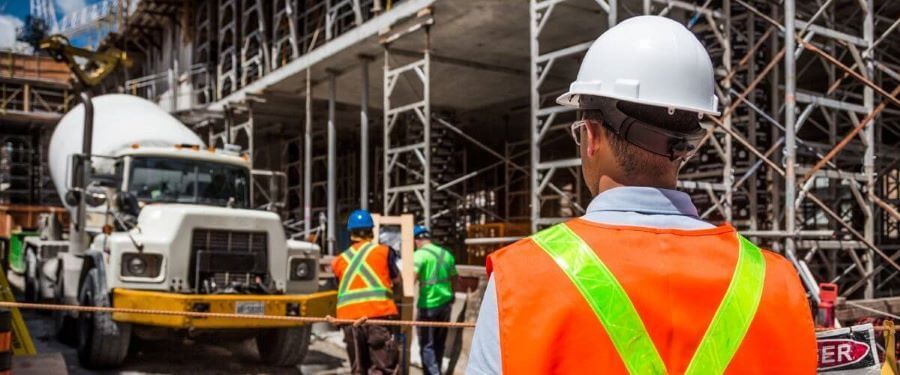Drug compounds can be detected in body tissues and fluids, such as hair follicles, blood, urine, and saliva, of a person upon exposure to the drug groups. As drug testing through hair follicles and blood involves a set of complex procedures and requires a laboratory, drug screening at the workplace or on-site is commonly done using saliva or urine drug test kits. When choosing a suitable drug test kit for workplace drug screening, there are 4 criteria you should look into to ensure that the drug test kit you use is in line with the alcohol and drug testing policy of your company.
1. The purpose of the drug screening
Historical drug uses
To investigate the historical drug use of an employee, urine drug testing is suitable as drug compounds in urine has a longer window of detection compared to saliva. You might be able to find out the drug use of the employee for the past few days or weeks with urine drug testing. However, it might not be able to detect very recent drug use if the drug compounds have not been metabolised. Urine drug testing is commonly done for pre-employment testing or post-incident investigation.
Recent drug uses
Saliva drug testing can detect drug compounds that were used in the past 24 hours. Even though both saliva and urine drug testing are unable to measure the impairment of an employee due to drug use, saliva drug testing is the closest fit-for-work test for employees prior to commencing work by testing the drug compounds present in their body at that given moment.
2. Facilities available at your workplace
With suitable collection facilities i.e. gender-segregated collection facilities to ensure privacy
Urine drug testing requires a well-prepared collection facility with sealed off water taps and tanks to prevent possible adulteration of the urine sample. You might also want to consider having separate collection facilities for your male and female employees, keeping their privacy in mind.
Without suitable collection facilities
Saliva drug testing is seen as less intrusive and can be done anywhere with suitable drug test kits. The employee can collect the sample under the observation of the collector, reducing the chance of sample adulteration.
3. Fulfilment of the Australian/New Zealand Standards' requirement
Drug test kits show a negative or 'non-negative' result based on the specific cut-off level for each drug group. You should check whether the cut-off levels of the urine and saliva drug test kits are compliant with the Australian/New Zealand Standards AS/NZS4308:2008 and AS/NZS4760:2019 respectively so that all drug test kits used are standardised, eliminating biased results due to varying cut-off levels.
The Australian/New Zealand Standards also outline the performance verification testing for drug test kits to ensure their accuracy and reliability. While the Australian government does not require drug test kits sold in the market to be certified under the Standards, certified drug test kits ensure accurate results, giving you peace of mind.
4. Drug groups to be tested
Common drug groups that are normally included in drug test kits are cocaine, amphetamine, opiates, and marijuana. If you are looking to test your employees for specific drug groups such as ketamine and methadone, you will need to look for drug test kits that include those drug groups.
A drug test kit can only show a negative or 'non-negative' drug screening result; hence, a 'non-negative' result should be followed up with a confirmatory test done in the laboratory. Nevertheless, the results should be used only as an indication of whether an employee has recently been exposed to certain drugs, not their fitness for work. Even though drug screening at the workplace is legal, it should be implemented as an approach to identify employees who may be struggling with drug issues, serving as a precursor to providing them with the support they need, rather than a means towards sanctioning and discriminating against employees with a history of substance use.





